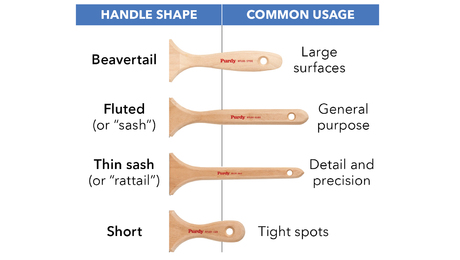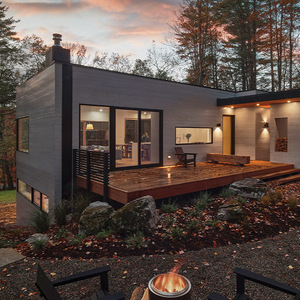I have been looking closely at ACI 318 to try and understand a bit more about concrete code, and one area covered in great detail are the requirements for splices in rebar. Unless I am reading it wrong, rebar in splices should be spaced a minimum of 2 x the bar diameter apart with a maximum of 6″ apart.
However, all I ever see in actual use is rebar randomly lashed together with wire.
Is this something ignored in actual practice?
Thanks



















Replies
Concrete reinforcing (rebar) is detailed for example as #8 bars @ 6" oc with #6 bars @ 9" OC vert.
splicing is typically 40 time the bar diameter when wire-tied or 20 times the diameter when welded (rarely will you ever see a welded splice)..
splicing a #4 bar is close to 20 inches
Chapter 12 Sections 14 through 19 pretty much covers it. To determine the lap length you need to know the bar diameter, the Class Type, whether it is tension or compression, whether the bars are epoxy coated ot not, clear spacing of bars and the bar strength.
For example, for 60ksi bar steel, 4,000 psi concrete, epoxy coated bars, a "top" bar needs 39 inches, otherwise it can be 30 inches.
You should also know that local codes may have different criteria resulting in large variation in splice length.
I have no experience in residential construction. But in commercial construction this stuff is looked at closely.
As said already, 40 times the diameter is typical, that's the arithmetic behind 'Bagg's observation -- 40 x 1/2" is 20".
As for your observation about "random lashing", well, if it really is "random" there may be a problem. A good rebar installation will look somewhat neat, orderly, and the concept of the anticipated loads should be pretty clear.
But for most applications, the ties only hold the rebar in place until the concrete cures a little. Placement is what is important. If the rebar is overlapped in close proximity that is really good enough in most cases. It does not even need to be actually touching to achieve a high degree of strength.
In anticipation of critics, yes, if you are building a dam or a power plant, sure, let the inspector check the welds.
But for most applications, a little rebar goes a long way if it is located properly in the concrete and the concrete is mixed, placed, and cured properly.
I have pulled apart cast walls that I supervised the engineering and construction on a few years before (design changes in the project) and I will tell you from experience that what passes for prudent but otherwise ordinary engineering is really quite strong.
Thanks for the responses everyone.
Most of your responses were focused on what I think is called the development length for the rebar splice. The confusion for me is with the distance between the two pieces of rebar being spliced. For example, in ACI 318, 12.2 the "clear spacing" is discussed as opposed to "clear cover". Does clear spacing refer to the spacing between two completely different rows of rebar or the spacing between the two pieces of rebar being spliced in a single row? In addition, 12.14.2.3 discusses contact versus non-contact splices.
I am getting the feeling that the rebar splices I see normally used are what is called a contact splice, of the proper development length for the application, joined together using wire. And that clear spacing refers to the distance between the various rows of rebar in the design.
Does this sound right?
By the way, this whole rebar analysis thing is large in my mind because the steel reinforcement requirement for just the basement walls in our new house has come back from the foundation engineer at about 19-tons! Yes, it will be ICF above and below grade with 13-foot walls in a seismic D1 zone with 55pcf soil, but does this sound even possible for a 4000 ft2 footprint?
Thanks again.
something else. if you building a cmu wall which will be filled with concrete, around here you do not have to tie the splice, so it would be a non contact splice but it would still need 40x and be in ths same cell. They make wire ladders for cmu wall just to hold the rebar. reason being, you could build a ten foot wall and then drop a ten foot bar in and it would be legal, as long as the bottom footer bar was sticking up at 2 feet.
While averages vary widely, for a typical foundation you can figure about 200-240 pounds of rebar per CY of concrete. In a seismic zone you may need more.